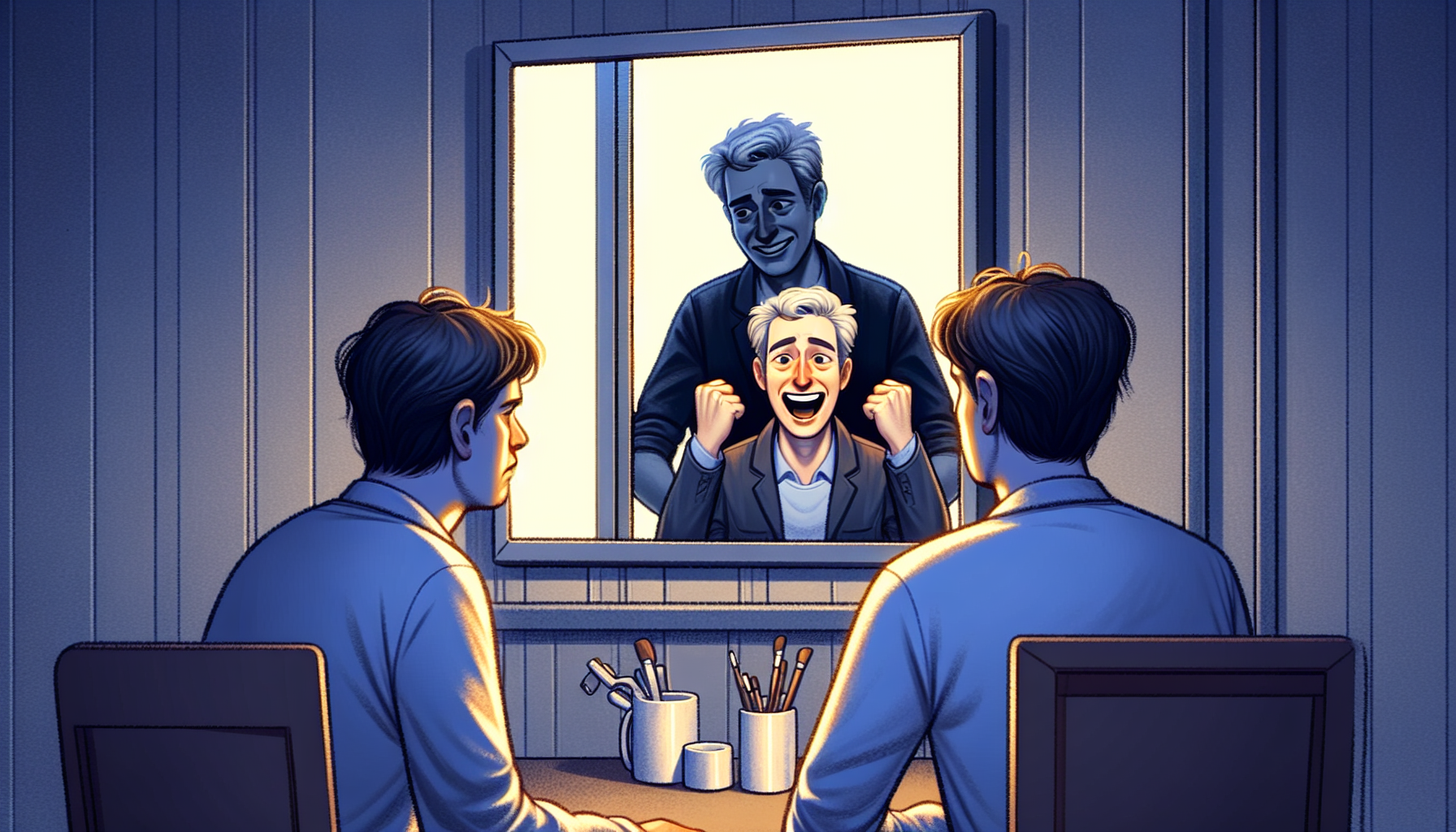From Passion to Profession: Transitioning to UI Design

One of the most compelling aspects of UI design is its inclusivity. Successful designers often hail from diverse fields such as psychology, marketing, engineering, and even fine arts. Sarah, for example, was a marketing specialist who discovered her passion for design while crafting promotional materials. Her deep understanding of consumer behavior enriched her design process, allowing her to create user-centered designs that resonated with audiences. This blending of skills not only enhanced her creativity but also made her an invaluable asset to her team. The key takeaway here is that varied experiences can lead to unique perspectives in design. Individuals transitioning into UI design can leverage their previous knowledge and skills to foster innovation and creativity, positioning themselves as standout candidates in a competitive job market.
Facing Challenges Head-On
Transitioning to UI design is not without its hurdles. John, who transitioned from a finance background, faced a steep learning curve, particularly with design tools and software. However, he viewed these challenges as opportunities for growth. To bridge the gap, John enrolled in online courses and participated in design boot camps, diligently honing his technical skills. His perseverance and commitment to learning ultimately paid off when he secured his first role as a junior UI designer. Facing challenges head-on is crucial for success in any field. Those transitioning into UI design should adopt a resilient mindset, viewing obstacles not as setbacks but as stepping stones toward their goals.
Building a Portfolio: The Key to Showcasing Skills
One of the most significant challenges for aspiring UI designers is creating a compelling portfolio, especially for those without a traditional design background. Anna, a former teacher, creatively turned her classroom projects into design prototypes, showcasing her ability to create engaging and intuitive user experiences. By leveraging her past work and focusing on quality over quantity, Anna built a portfolio that reflected her design thinking and creativity, effectively demonstrating her skills to potential employers. Aspiring designers should consider utilizing personal projects, volunteer work, or freelance gigs to enhance their portfolios. A well-crafted portfolio not only showcases technical abilities but also tells a story about the designer’s journey, creativity, and problem-solving skills.
Networking and Community Engagement
The significance of networking cannot be overstated in any career, and UI design is no exception. Many aspiring designers benefit from community support and connections. Mark, who transitioned from a sales career, actively attended local design meetups and engaged with online design communities. Through these interactions, he gained insights into industry trends and found mentors who guided him through the job application process. Networking can unlock doors to opportunities that might remain closed through traditional job searches. Building relationships within the design community is essential for gaining knowledge, support, and potential job leads—making it a vital aspect of the transition journey.
Continuous Learning and Adaptation
The tech industry is characterized by rapid evolution, and UI designers must continuously adapt to stay relevant. Emily, a former software developer, emphasizes the importance of ongoing education. She dedicates time to online courses, webinars, and design workshops to keep her skills sharp and knowledge current. This commitment not only enhances her expertise but also positions her as a competitive candidate in the job market. Aspiring designers should foster a mindset of continuous learning and adaptation. By staying updated with design tools, trends, and best practices, they can remain at the forefront of the field and increase their employability.
Transitioning to a career in UI design is an inspiring journey marked by challenges and rewards. The stories of individuals who have successfully made this leap illustrate that diverse backgrounds, resilience, creativity, and community engagement are fundamental to this process. As technology continues to advance, the demand for skilled UI designers will only increase. By embracing their unique experiences and committing to continuous learning, aspiring designers can carve out their niche in this dynamic field. Whether you are contemplating a career shift or exploring the possibilities within UI design, remember that passion, persistence, and a willingness to adapt are essential ingredients for success. The journey may be challenging, but the rewards of a fulfilling career in UI design are well worth the effort.
Junior UI Designer
Tech startups, digital agencies, and e-commerce companies
Core Responsibilities
Assist in the creation of user-centered designs for web and mobile applications.
Collaborate with UX designers and developers to implement design solutions.
Conduct usability testing to gather user feedback and iterate on designs.
Required Skills
Proficiency in design tools like Sketch, Figma, or Adobe XD.
Basic understanding of HTML/CSS for better collaboration with developers.
Strong communication skills to articulate design decisions.
UI/UX Researcher
Large tech firms, research agencies, and product design teams
Core Responsibilities
Conduct user interviews, surveys, and usability tests to gather insights.
Analyze data to inform design decisions and improve user experience.
Create personas and user journey maps to guide design processes.
Required Skills
Experience with qualitative and quantitative research methods.
Familiarity with tools like UserTesting, Optimal Workshop, or Google Analytics.
Strong analytical and critical thinking skills to synthesize findings.
Mobile UI Designer
Mobile app development companies, gaming studios, and consumer tech brands
Core Responsibilities
Design intuitive and engaging interfaces for mobile applications.
Collaborate with cross-functional teams to ensure seamless user experiences.
Stay updated with mobile design trends and platform guidelines (iOS and Android).
Required Skills
Proficiency in design software and prototyping tools specific to mobile design.
Understanding of mobile usability principles and design patterns.
Strong portfolio showcasing mobile design projects.
Visual Designer
Marketing agencies, e-commerce companies, and corporate branding teams
Core Responsibilities
Create visually compelling designs for web, mobile, and print media.
Develop branding elements including logos, typography, and color schemes.
Collaborate with UI designers to ensure visual consistency across products.
Required Skills
Expertise in Adobe Creative Suite (Photoshop, Illustrator, InDesign).
Strong understanding of design principles, color theory, and typography.
Ability to take feedback and iterate on designs based on team input.
Design Operations Manager
Large corporations with in-house design teams, digital product companies, and design consultancy firms
Core Responsibilities
Streamline design processes and improve team productivity.
Manage design resources, tools, and project timelines effectively.
Facilitate communication between design teams and other departments.
Required Skills
Experience in project management and design methodologies (Agile, Lean).
Strong organizational skills and attention to detail.
Ability to mentor junior designers and foster a collaborative team culture.


